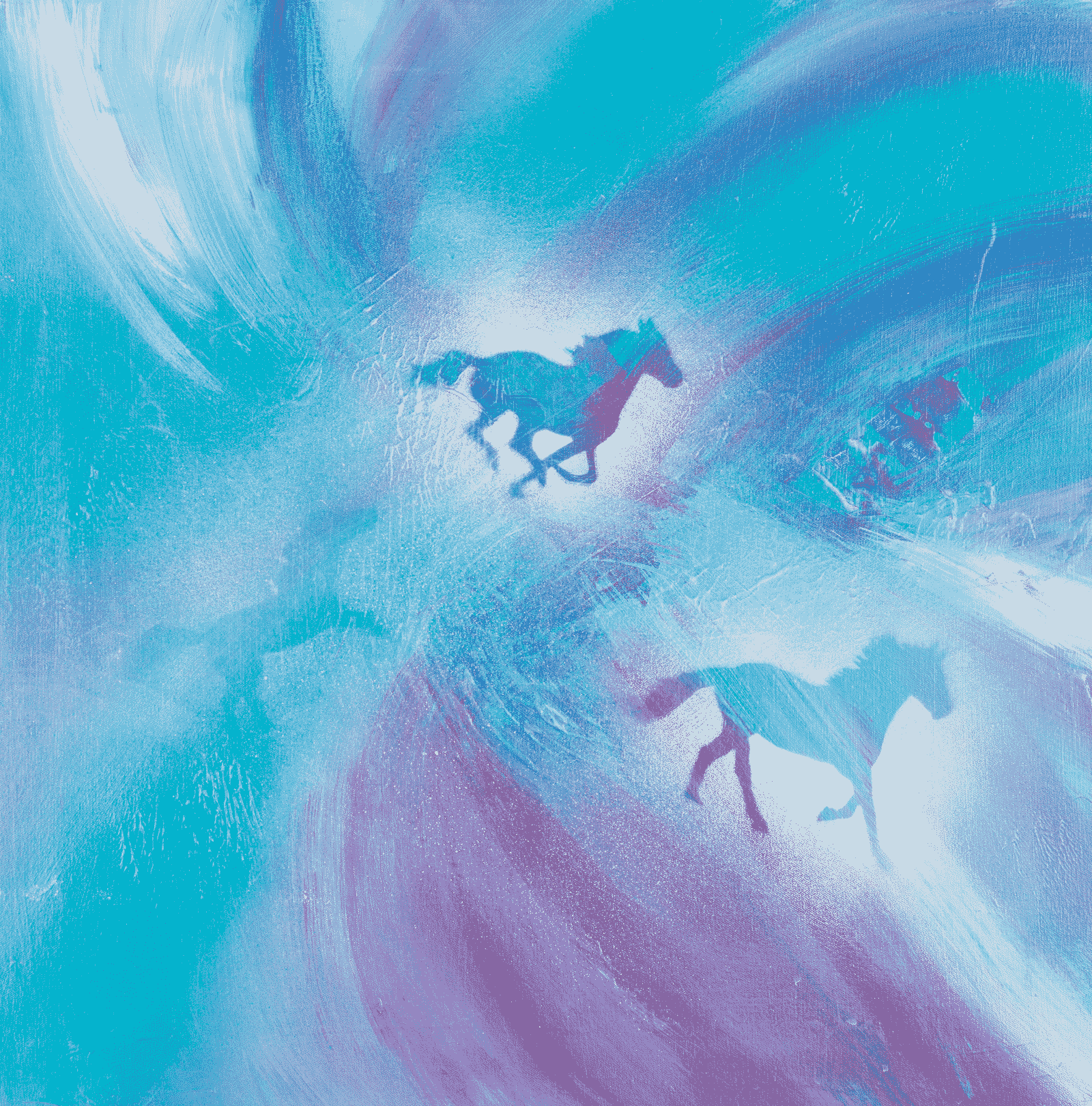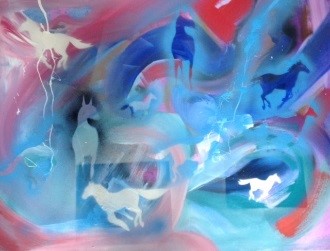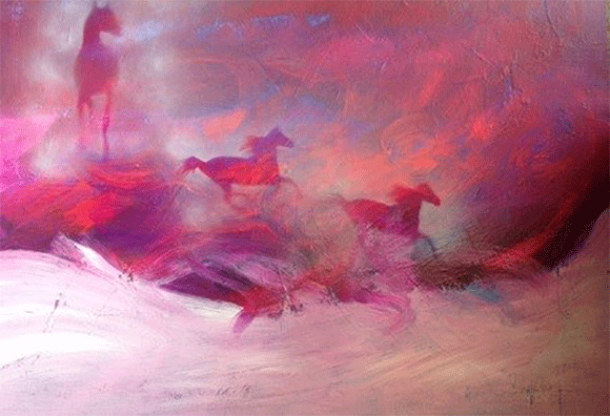Home Of The
Spirit Animals
By: Cyd Raschke
Home of the Spirit Animals
In a world divided by war and destiny, two teens from opposite origins of history are drawn together by an ancient bond—one that could change their lives and the fate of the spirit animals forever.
Artist
Some of my paintings express moving forward with grace and some express a feeling of chaos while other paintings show a horse in an abstract atmosphere representing a personal journey.


Want to learn more or grab a copy? Now available for online purchase!
Contact The Author




